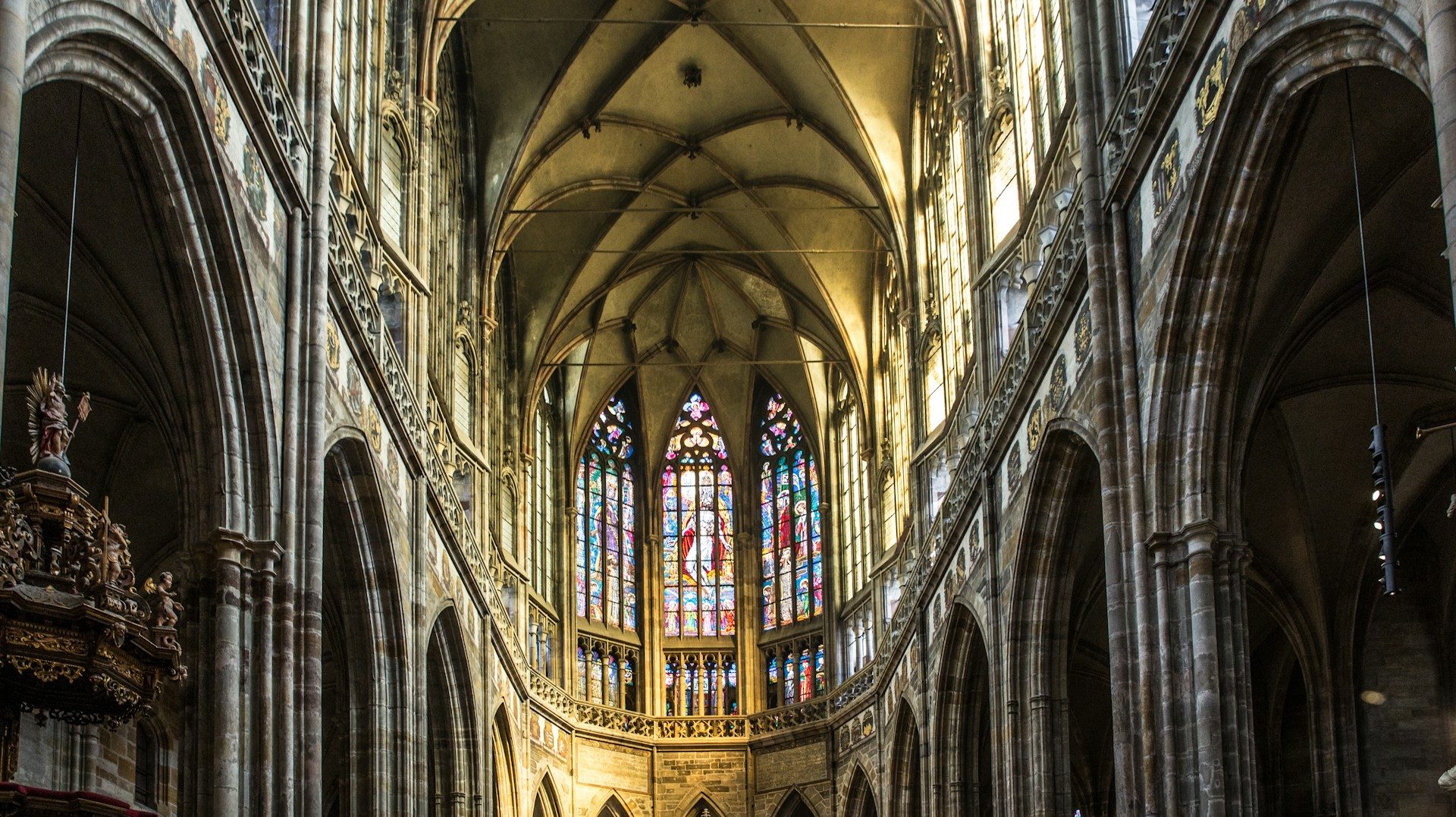Introduction
Sunday Mass, the central liturgy of the Catholic Church, is a sacred gathering where Catholics come together to worship God and receive the Eucharist. Understanding the various aspects of Sunday Mass can deepen your appreciation for this important sacrament.
Structure of Sunday Mass
- Introduction: Greeting, Penitential Act, and Gloria
- Liturgy of the Word: Readings, Responsorial Psalm, Gospel, and Homily
- Liturgy of the Eucharist: Offertory, Eucharistic Prayer, Consecration, Communion, and Prayer After Communion
- Concluding Rites: Blessing, Announcements, and Dismissal
Introduction
The Mass begins with a greeting from the priest, followed by the Penitential Act to prepare the congregation for the Eucharist. The Gloria, an ancient hymn, is sung to glorify God.
Liturgy of the Word
This section includes readings from the Old and New Testaments, the singing of a Responsorial Psalm, the reading of the Gospel, and a Homily (sermon) by the priest.
Liturgy of the Eucharist
The Eucharist is the heart of the Mass. The Offertory involves the presentation of bread and wine as gifts to God. During the Eucharistic Prayer, the priest consecrates the bread and wine, transforming them into the Body and Blood of Christ.
Consecration
The Consecration is the most sacred moment of the Mass, when the bread and wine become the real presence of Christ. The congregation kneels in reverence.
Communion
After the Consecration, the priest distributes Communion (the Body and Blood of Christ) to the congregation. It is an opportunity for Catholics to receive the grace and nourishment of the Eucharist.
Concluding Rites
The Mass ends with a Blessing from the priest, announcements, and the Dismissal, where the congregation is sent forth to live out the teachings of the Gospel.
Meaning and Importance of Sunday Mass
- Encounter with Christ: Mass is a personal encounter with Jesus Christ in the Eucharist.
- Sacrifice and Renewal: It commemorates the sacrifice of Christ on the cross and renews the Covenant between God and humanity.
- Community Building: Mass is a gathering of the Catholic community, fostering unity and support.
- Spiritual Nourishment: The Eucharist provides spiritual sustenance and nourishment for the soul.
Tips for Meaningful Participation
For a more meaningful participation in Mass, consider these tips:
- Come prepared: Read the readings beforehand and reflect on their meaning.
- Be present: Focus on the liturgy and minimize distractions.
- Participate actively: Join in the responses, songs, and prayers.
- Receive Communion: If you are a baptized Catholic, receive Communion regularly to receive the grace and nourishment of the Eucharist.
Frequently Asked Questions
- What is the difference between the Ordinary Form and the Extraordinary Form of Mass?
- The Ordinary Form, also known as the Novus Ordo, was introduced in 1969 and is the most common form of Mass today. The Extraordinary Form, also known as the Traditional Latin Mass, is an older, more traditional form of the Mass.
- Who can receive Communion?
- Baptized Catholics who are not conscious of any serious sin may receive Communion.
- What should I wear to Mass?
- Dress modestly and respectfully, as a sign of reverence for the Eucharist.
Conclusion
Sunday Catholic Mass is a sacred and transformative experience that brings Catholics together in worship and communion with God. Understanding the structure, meaning, and importance of Mass can deepen your appreciation for this foundational sacrament. By participating actively and meaningfully, you can receive the grace and nourishment that Mass offers.



